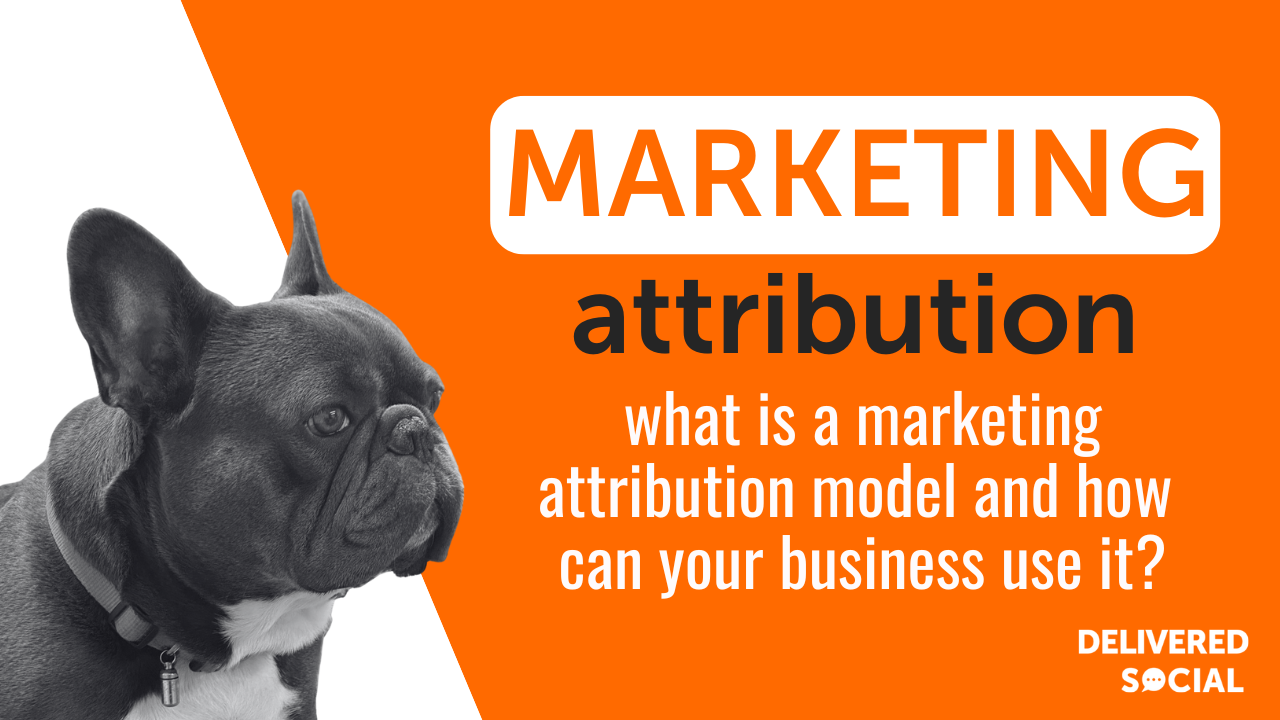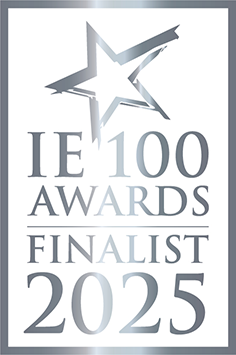
We often think that when a visitor finds your blog or clicks an ad, they will immediately convert to a sale or lead. However, this is rarely the case! The full process is rather fragmented; a user may visit a blog post, then a week later return to a different page directly and the next day clicks an ad that finally sees them convert. But which marketing channel was actually responsible for the action?
Over 40% of marketers list proving the ROI (return of investment) of a campaign as their top difficulty. Simply put, marketers are struggling to determine which of their methods they need to prioritise, optimise and quit. With so many different tactics floating around the internet, and an eagerness to try out the latest trend, without being able to measure the success of an activity can ultimately damage your business. You spend a lot of time guessing without truly knowing. That’s where a marketing attribution model can help. But what is it, and how do you use it? In this blog post, we’ll be uncovering how you can use this tool to monitor your campaign success, so you can fully understand the part each channel plays in your customers’ conversion journey.
So, what is a Marketing Attribution Model?
In its most basic form, attribution modelling is the method used by marketers to assess conversions of a specific channel – how did the customer come to know, and purchase from your business? There are six common digital attribution models:
On average, a user will interact with a business across 10 different channels so you may be left wondering what the best marketing attribution model is for you. Unfortunately, there is no specific one-size-fits-all for a business or even a campaign. Let’s delve into each of these options to find the correct one for you.
[code_snippet id=6]#1 Last Interaction
Also referred to as ‘last click’ or ‘last touch’, last interaction, as you may have guessed, is a marketing attribution model that gives 100% of the credit to the final interaction your business had with the user before they converted.
Let’s say you are scrolling through Facebook, click an ad and spending a few minutes browsing the site. A few days later you decide you are interested in purchasing the company’s product or service, so you enter the URL directly and follow the steps leading to conversion. The marketing attribution will be given to the direct traffic rather than the ad, as this was the final touchpoint.
This is commonly the default measurement method used on most platforms, including Google Analytics. This standard marketing attribution is useful when measuring where your bottom-of-the-funnel transitions are happening but lacks further insight into the customer journey.
#2 First Interaction
Similar to the last interaction, first again gives 100% of the credit to a single click. But in opposition, tracks the first channel the user interacted with. This is especially powerful attribution model marketing for companies looking to identify where the majority of their new customers come from.
Once you have this information, you can tailor your companies strategy and ad spent appropriately to target where your audience is coming from. By understanding where your main success lies, you will be able to drive more conversions which of course, is essential to growing your business.
#3 Last Non-Direct Click
The last interaction model tracks the final click, but the last non-direct click gives the credit to the last source that wasn’t direct traffic. Often direct-traffic conversions are simply the result of people who have seen several of your other marketing campaigns. And, since you are more interested in the effectiveness of your strategy than who knows your website address, measuring the last click prior to a direct search can be far more useful to you.
This marketing attribution model allows you to understand what initially triggered the direct traffic. How did they learn about your company? What prompted them to go to you directly? You’ll have access to this data with this attribution model marketing tool.

#4 Linear Attribution Marketing
If you are looking for a more balanced picture of your full marketing strategy, using a linear attribution in marketing will allow you to see the overall process rather than crediting just a single event. For example, a customer may find you on Instagram, click on a Facebook ad, subscribe to your newsletter and then come directly to you! You’ll be able to see the journey the customer has gone through to convert which can provide a clear, straightforward demonstration of how each channel provides value. However, linear digital attribution assigns equal importance to everything and you won’t be able to see which of your marketing campaigns has been most effective.
#5 Time Decay
Another multi-event attribution modelling marketing method is time decay. Unlike linear, time decay takes into consideration when each touchpoint occurred and based on this, provides a value; the closer an interaction is to the actual conversion, the higher the value placed on the channel. Simply put, the first interaction gets less and the last will get the most.
This attribution model is effective for determining which channels regularly drive conversions and which are primarily top-of-funnel channels – how do you generate leads? If relationship-building is a big factor in your business’s success, then time decay can conceptualise this for you.
#6 Position-Based
Also called the U-shaped attribution, the position-based attribution marketing model splits the credit for a sale between the prospect’s first interaction and the moment they convert to a customer. Each of these points will receive 40% of the credit, and the remaining 20% will be spread out between any other interactions that happened in the middle of the process.
If, for example, you found a business through a Google search result, then looked at the Facebook page, later signed up for an email newsletter and then converted. The first and third actions will receive the 40% and the Facebook visit receives the final 20% – this creates the visual of a U.
Now, this method tends to be considered one of the strongest methods as it suits most businesses that have multiple touchpoints with their customers prior to conversion. This model gives credit to every interaction but also prioritises the two most important factors: the first time a customer found you, and the trigger that prompted conversion.
Can’t quite find the right solution for you?
Are none of these attribution modelling marketing solutions suiting your business? Well, there is also the option to create a custom measurement in Google Analytics where you can set a custom weight to the touchpoint you consider to be most important. This can provide one of the most comprehensive guides to your marketing strategy however, it can be difficult to create as it relies heavily on data. If you can commit to providing this information and have a long-buying cycle you wish to monitor this may be worthwhile for you!
Choosing the right attribution model for your business can be a difficult process, each has its own set of pros and cons. What you need to ask yourself is: What is the end goal of my marketing campaign, and which attribution model will make the most effective measuring stick? At the end of the day, an attribution marketing model should showcase the ROI of your marketing campaigns, and if you aren’t able to monitor this there is no point using that specific method. Try playing around with each model, you may find an unexpected answer!
If you need help with your marketing strategy or are looking to optimise your website with the best SEO practices, speak to one of our team at hello@deliveredsocial.com – we’re experts in digital marketing and will be happy to see how we can help your business reach its full online potential.
Interested In Working Together?
Introducing Delivered Social. We’re The Most-Rated Digital Agency In Surrey & Hampshire – We’ve Got To Be Doing Something Right.
Delivered Social is a digital marketing agency with one mission—to help businesses grow. We’re famous in Guildford and Portsmouth for our social clinics. We believe in free advice. We build lasting relationships because our team prides itself on being helpful, which our clients appreciate.
If you are looking for a new website or an agency to manage your social media presence, we can help.
If you need something slightly different, here's a super handy list of all our services, or you can always email us.


















